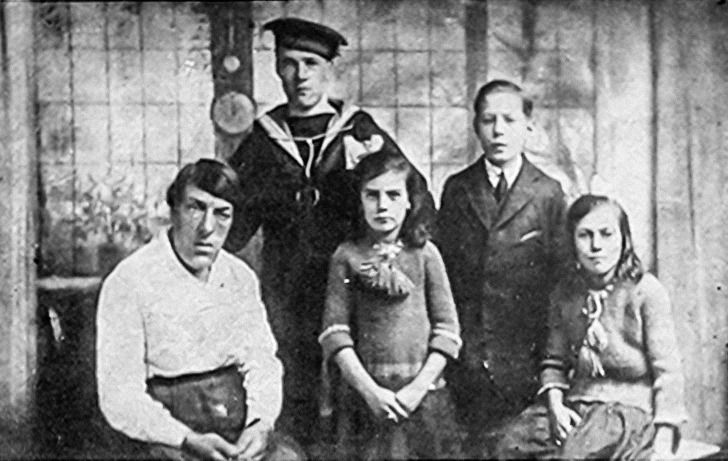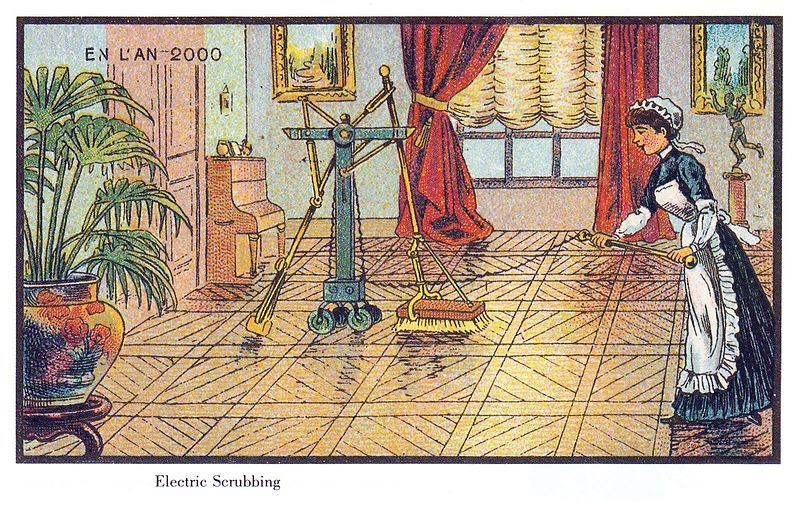
Born in 1874 in London, Mary Ann was a conventionally attractive and charming young woman and led an ordinary city life. Her empathetic and compassionate nature led her to work as a nurse. Over the years, she came to be recognized as the world’s ‘Ugliest Woman’. 

Bevan started exhibiting the symptoms of acromegaly soon after she was married, around the age of 32. After the death of her husband in 1914, she no longer had the income to support herself and her four children.
She applied to a number of prospective employers, but was turned away time and again owing to her physical abnormalities. Labelled as a “freak”, she ran out of options for daily jobs and was struggling to make her ends meet.
Bevan became a source of entertainment for people and her pictures started appearing on postcards and greeting cards as a joke at the expense of her physical appearance. This raised a lot of legitimate concern among people, including her doctor.
There was an influx of demands on humanitarian grounds to stop making public statements and joking about her appearance as she suffered from a dangerous medical condition.
As a prognosis of Acromegaly, Mary Ann Bevan died at the age of 59, in 1933. Despite all the ridicule and humiliation, she led a content life since she was able to selflessly provide for her children.
Her final request to her children before she passed away was to have her buried in England.
Read more: ststworld.com/mary-ann-bevan/
Read more: ststworld.com/mary-ann-bevan/

• • •
Missing some Tweet in this thread? You can try to
force a refresh























